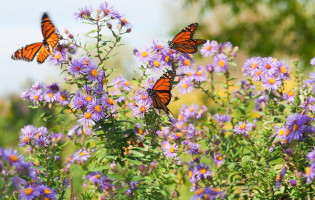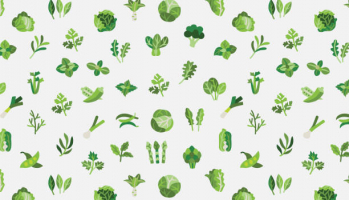Top 10 Plants Straight Out of Horror Movies
They say the truth is stranger than fiction and while that may not always be true, sometimes the real world is more than willing to throw a few curveballs our ... read more...way. As an example, look no further than nature. Even something as simple as plantlife can become exceedingly bizarre and downright creepy when you start looking into it. Here is a list of top 10 plants straight out of horror movies that you should not miss.
-
The Piranha Plant is one of plants straight out of horror movies. There aren't many well-known plants in the world. Audrey II from Little Shop of Horrors fits the bill and perhaps The Giving Tree. And if you're a gamer, you've probably heard of the Piranha Plant from the Super Mario series. It turns out having one of those in the actual world as well. Or, at the very least, a visually similar relative.
The plant reproduces by attracting insects that feed on manure. They are drawn in by the smell and become imprisoned. The flower then releases pollen and releases the pollen-covered bugs into the city to disseminate its spore. If you catch this parasite plant, known as hydronora africana, at the right stage of its life, it can resemble a piranha plant or simply an alien mouth. The plant has a terrible odor, according to scientific authorities. It smells like poop, according to less scientific sources. It also produces edible fruit with a potato-like flavor.

ssbwiki.com 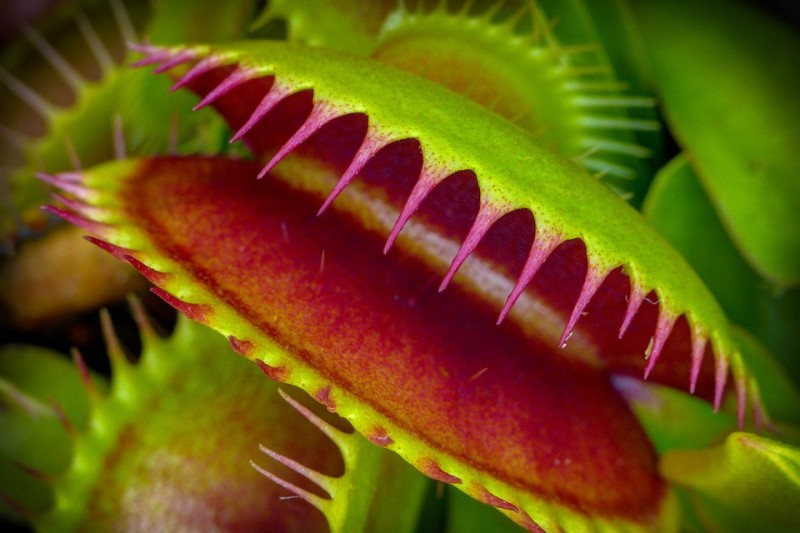
baoquocte.vn -
If you've ever seen a plant grow out of a gap in the pavement, you might have wondered how it did it. You might think that the crack in the pavement was caused by weather or shifting dirt, and the plant took advantage of the opportunity. However, this is not how Japanese Knotweed operates. This plant can grow practically anyplace and will even break through cement and stone.
Knotweed can survive in areas with no light for up to 20 years. It may grow beneath paved roadways, break through, and even grow through stone walls. It already costs roughly $212 million each year in damages and is expected to get worse in the future. The plant is native to Japan's volcanic zones. It evolved to be able to grow in the dark and confined by stone while being smothered by volcanic rock. When you try to remove it, the plant becomes more aggressive and grows even faster. It is nearly tough to kill since the roots can grow up to 10 meters from the stem.
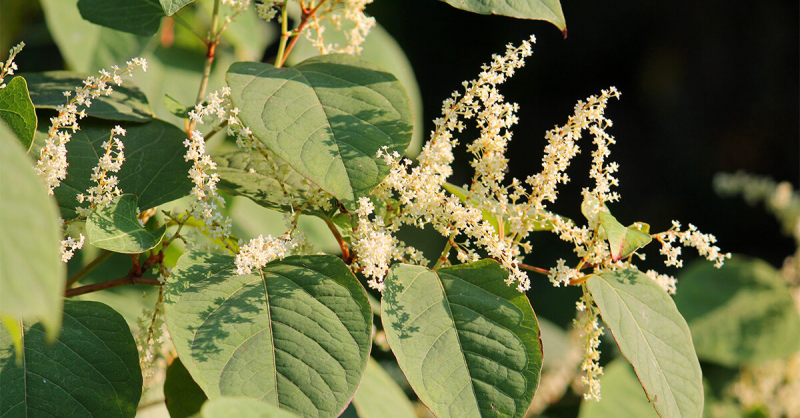
nennis.org 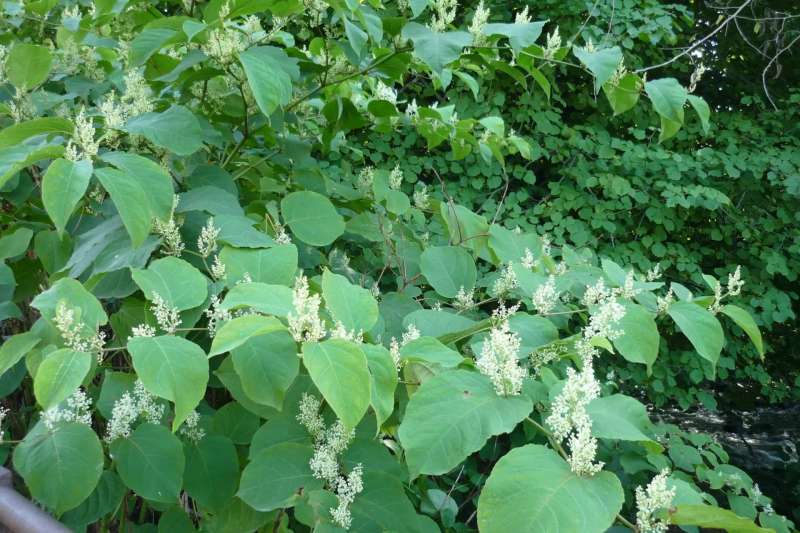
nennis.org -
Everyone is aware of what happened at the Chernobyl nuclear power plant. In 1986, there was an explosion, which proved to be one of the biggest calamities in human history. A 1,000-square-mile exclusion zone exists surrounding the site. Many animals and plants returned to the region when people were not around, but their radiation levels remained elevated as a result. A unusual kind of fungus is among the diverse animals present in the area.
Dark fungus have been observed growing in radioactive locations for some time. This melanin-colored fungus does not require the sun for energy. Instead, it appears to feed on the radiation, absorbing and feeding on it in the same way as a green leafed plant would convert sunlight energy into energy to develop through photosynthesis.
The melanin appears to protect the mushroom from the detrimental effects of radiation and convert it to useable energy. To test this, researchers attacked the fungus with gamma rays at 500 times the normal exposure level. As a result, the fungus grew three times quicker than usual.
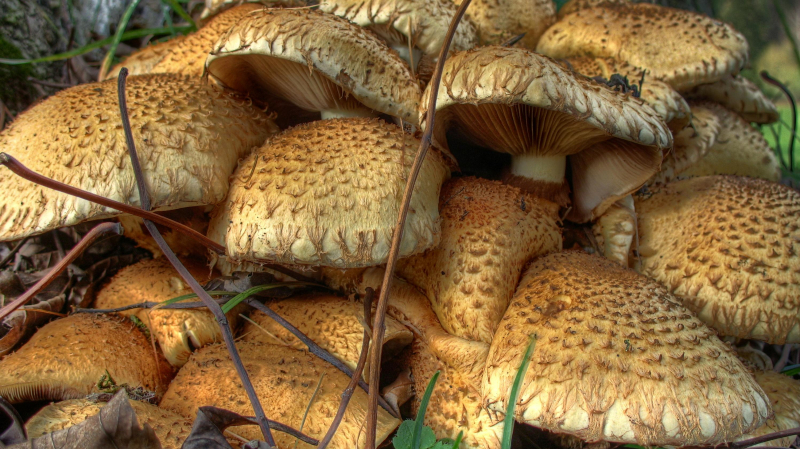
reuters.com 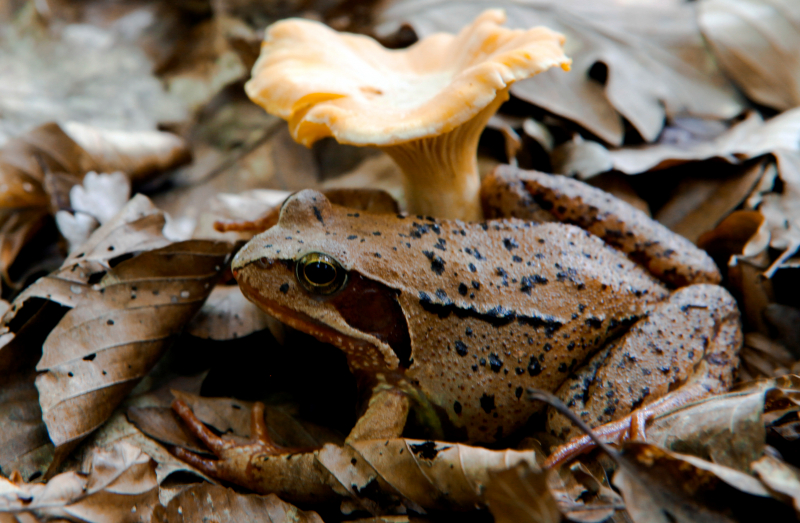
reuters.com -
Walnuts may not be as well-known as almonds or cashews, but they are nevertheless widely consumed. Despite the fact that walnuts want you and everything around you to perish. If you've ever seen a wild walnut, you'll know that the nut comes off the tree coated in a green husk. When you start peeling the husk to get to the nut within, a foul smelling fluid appears that quickly turns brown. This is known as juglone.
Juglone is known as prejuglone inside the walnut and the tree. It's clear and very safe. However, once in the air, it oxidizes and becomes poisonous. Juglone is a poisonous substance that can kill both plants and animals. Few animals can safely consume it, and plants that grow near a walnut tree will perish when the tree's roots leak the fluid, not to mention any leaves or nuts that fall from its branches.
Juglone sensitivity varies, however it can be highly dangerous for certain individuals. Even coming into contact with particles from walnut wood being chopped nearby might trigger skin rashes and welts. Breathing it in can cause respiratory problems, and ingesting it can trigger cyanide-like symptoms.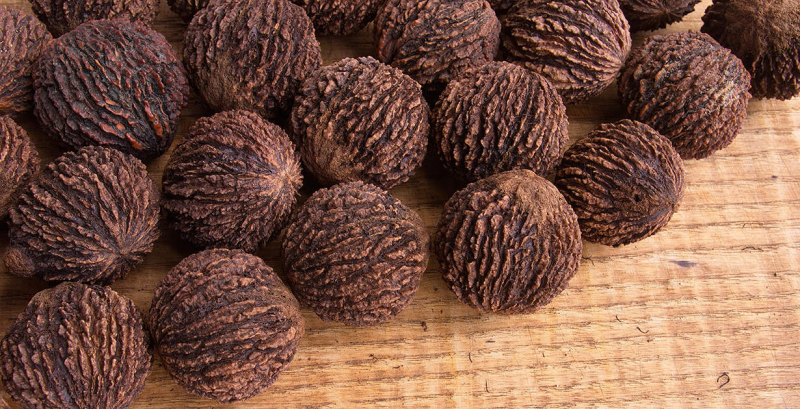
draxe.com 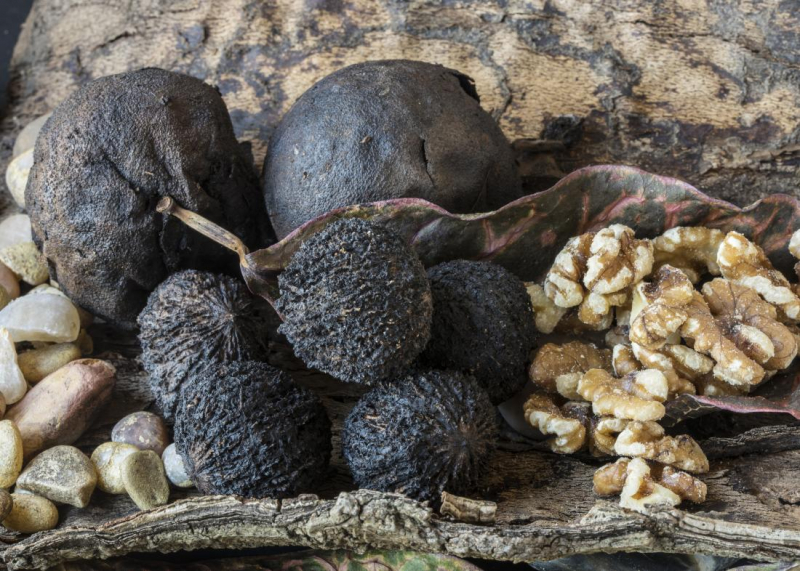
wagwalking.com -
It appears that a Little White mushroom has no business being deadly, yet it has been blamed for a large number of deaths in China. If mold and yeast are included, there are approximately 50,000 different types of mushrooms in the globe, and science has yet to study them all. That is why the Little White mushroom is so uncommon. For 30 years, there has been a mystery in China's Yunnan province. Every rainy season, more persons died of heart arrest than should be predicted. The fatalities were unexpected, often happening smack in the middle of a conversation. The government investigated for five years before coming up with a solution.
Researchers investigating Yunnan Sudden Death Syndrome discovered that many of the patients had the same mushrooms in their houses. Locals were told not to eat the fungus after it was determined to be the likely cause. The number of strange deaths then fell to zero. Surprisingly, research revealed that, while the mushrooms were toxic, they were not lethal. Something else, possibly barium in the water, is thought to have worked in tandem with the mushrooms to kill.
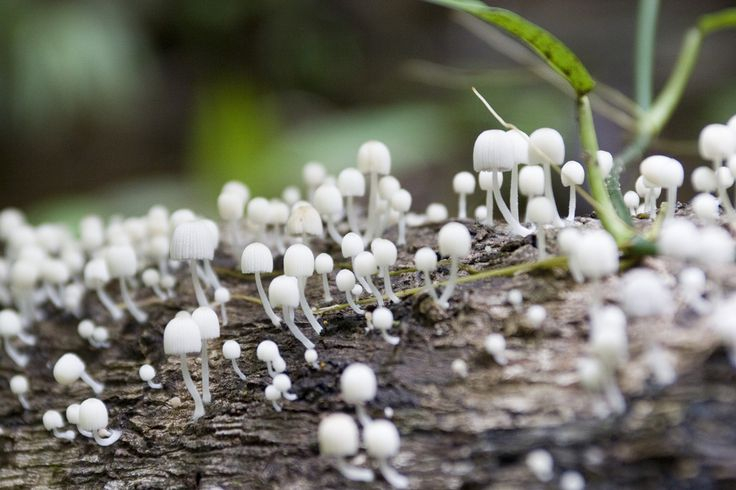
pinterest.com 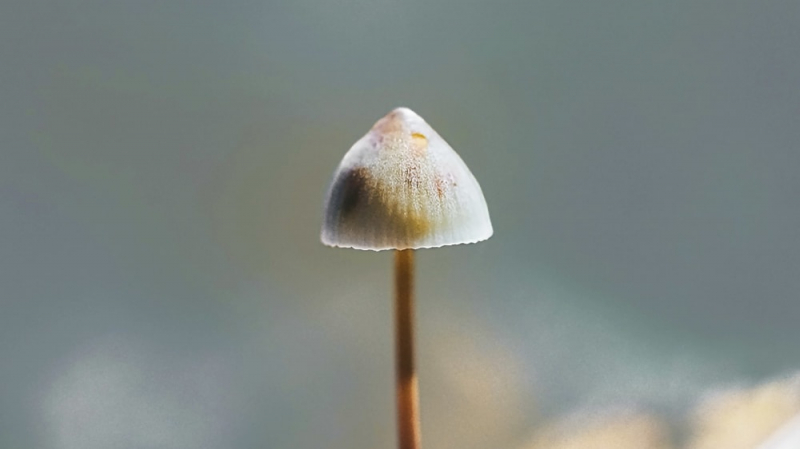
patchplants.com -
Shiinotomoshibitake Mushrooms Glow is one of plants straight out of horror movies. Don’t feel out of the loop if you’ve never heard of Shiinotomoshibitake mushrooms, because almost no one has. If you head to Mt. Yokogura in Japan between May and July, you may get a chance to see them for yourself, though. They’re hard to spot during the day because they only grow a few centimeters in length. So if you really want to experience them, try hunting them down at night. One of the only places it can be seen is on Mt. Yokogura (Ochi Town, Kochi Prefecture). Ochi Town lies 50 kilometers west of Kochi City, about an hour away by car.
It turns out that the elusive Shiinotomoshibitake mushrooms emit light. At night they can glow a vibrant green color. They live on decaying tree trunks and will only glow during that certain time of year, so tracking them down isn’t all that easy, but it’s clearly worth the effort if you’re a fan of otherworldly vegetation.
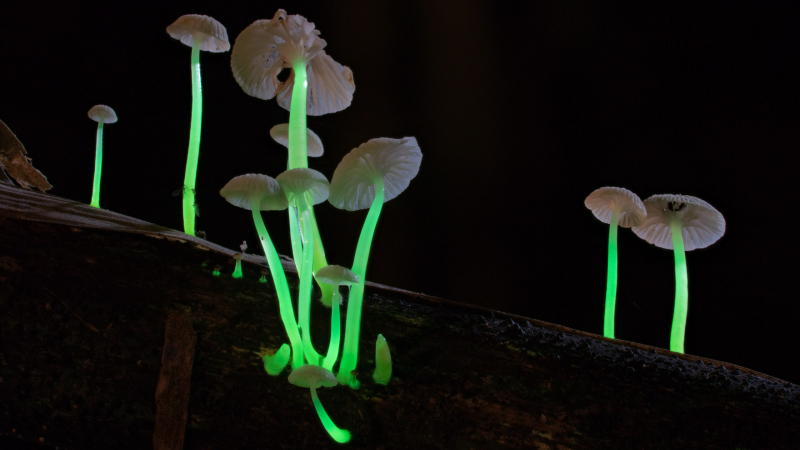
india.mongabay.com 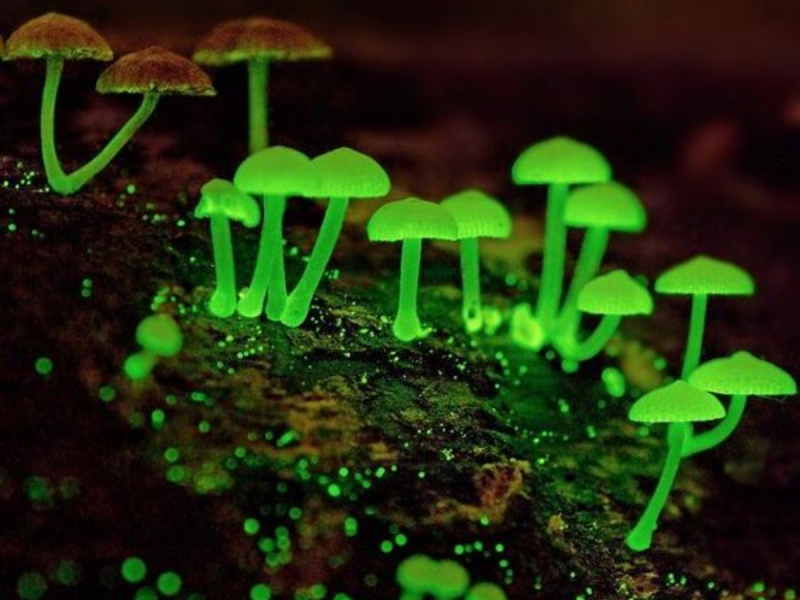
indiatimes.com -
There are thousands of mushroom species worldwide, and while some are edible and tasty, many are extremely hazardous. The symptoms vary from mushroom to mushroom, although they frequently include vomiting, stomach pain, and diarrhea. Toxic mushrooms can induce organ failure and death. In that sense, fire coral fungus is similar to many mushroom relatives. However, fire coral fungus can wreak havoc.
Most mushrooms must be consumed in order to cause harm. Not the case with fire coral. Mycotoxins produced by it can be absorbed through the skin. And the harm it causes when consumed is significantly greater than that of most other mushrooms. Sure, there's the excruciating agony and vomiting, but there's also hair loss, peeling skin, and even cerebellar shrinkage. This can lead to problems with mobility, speech, and perception. If enough has been consumed, the person might also expect to suffer from necrosis and, eventually, death. Progression of symptoms is also a mixed bag. Some people showed no symptoms at all for weeks after eating the mushrooms before it hit them.
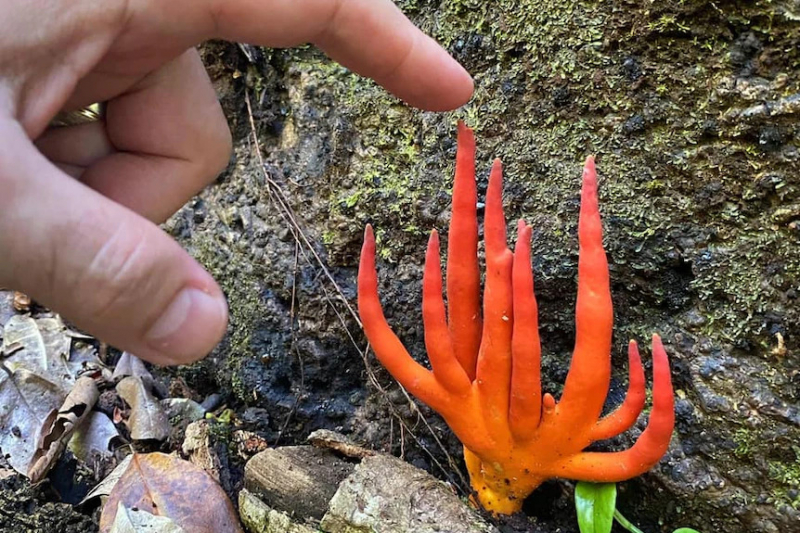
chemistryworld.com 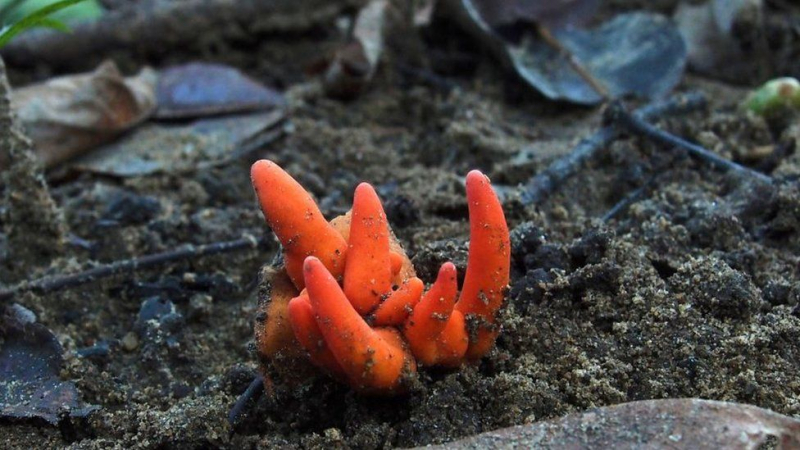
chemistryworld.com -
Most of you know acacia wood from furniture or decorative wood items. It’s even used as a food additive sometimes. But there’s more going on inside acacia trees than you might think at first glance. In 2015, German forester Peter Wohlleben offered a controversial idea: trees can talk. As the vampire tree, there is evidence that trees behave in groups rather than as solitary organisms. They share resources and can help each other. Underground, tree roots communicate with fungi and exchange signals. This may include things like alerts about insect assaults, for example. Chemical signals sent from one tree to another can alert other members of the colony. Nutrients are shared, which is how saplings survive when they are too little to reach the sunshine beneath the canopy of larger trees. But there's a lot more.
If a giraffe starts eating the leaves of an acacia tree, the plant produces ethylene gas. This gas, when it reaches other acacia trees, causes them to start producing tannins in their leaves. Large quantities of tannins will make the giraffe sick. It could even kill it, so the giraffe is forced to stop eating. All because one tree was able to signal other trees. Even more bizarre is that giraffes know this. They graze with the wind, and walk ahead of the gas clouds because they have evolved to be aware that acacia trees do this.
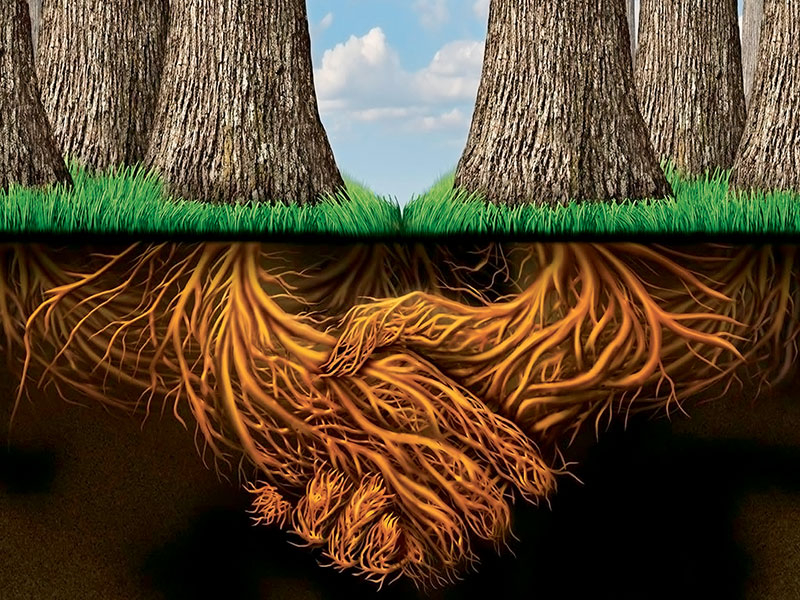
southerndestinations.com 
southerndestinations.com -
Most of you would never consider kudzu. It's a leafy green vine that appears to be any other plant you'd expect to see in the background. However, it does not remain in the background for long. Kudzu is an invasive plant that spreads at an alarming rate. It was introduced to the United States in the late 1800s as an ornamental plant and has since been utilized for erosion control. Kudzu can grow up to a foot every day, making it ideal for that jib. Vines can grow to be 100 feet long.
Kudzu spreads and covers everything. Soil, cement, buildings, phone booths, and other vegetation As it takes over, it covers everything. And it doesn't take long when each vine grows one foot per day. But things get worse. Isoprene and nitric oxide are produced by kudzu. When they react with nitrogen, which makes up the majority of atmosphere, ozone is formed. Ozone is a dangerous chemical at ground level, and it can kill off other plants, not to mention animals. Kudzu causes a 50% increase in the number of days each year when ozone levels are considered unsafe by EPA standards.

blogs.lt.vt.edu 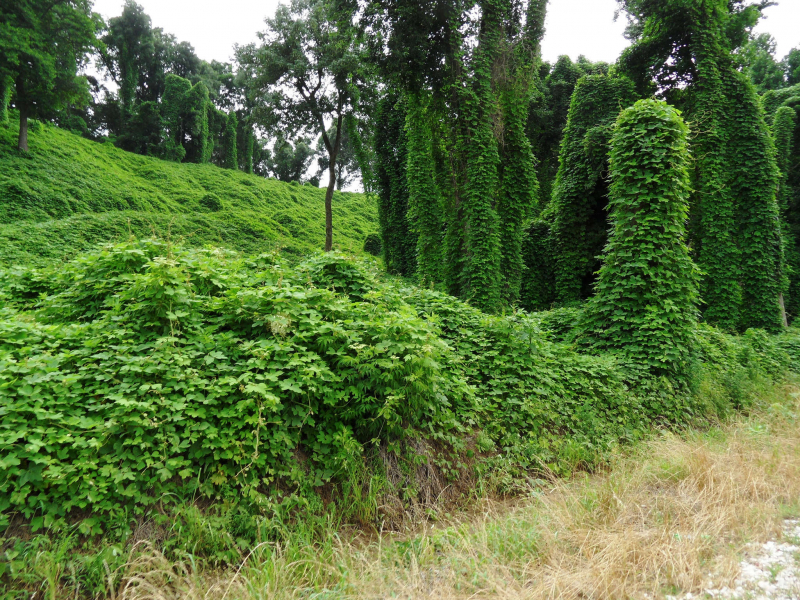
gardenista.com -
Have you ever been walking in the woods and come across a decaying old tree stump that simply sits there looking old and rotten? It occurs frequently. What you may not realize is that there's a chance that dead tree isn't quite dead. Researchers in New Zealand discovered a kauri tree stump in a forest, and while the top appeared to be dead, beneath life was still alive.
The tree's roots had long before been grafted into a vast network of other roots that belonged to dozens, if not hundreds, of other plants and trees. This root network effectively created a subterranean superorganism by sharing nutrients among all components. Despite the fact that the tree had been killed and no longer had leaves to rely on due to photosynthesis, the other trees in the network were able to share nutrients and keep that stump alive.
Though in an ideal world, each member organism would give resources, the nearly dead kauri tree had turned into a parasite, like a vampire, living beyond death by draining life from its friends. However, it may also be contributing by allowing nutrients to move between all components for the benefit of the entire.
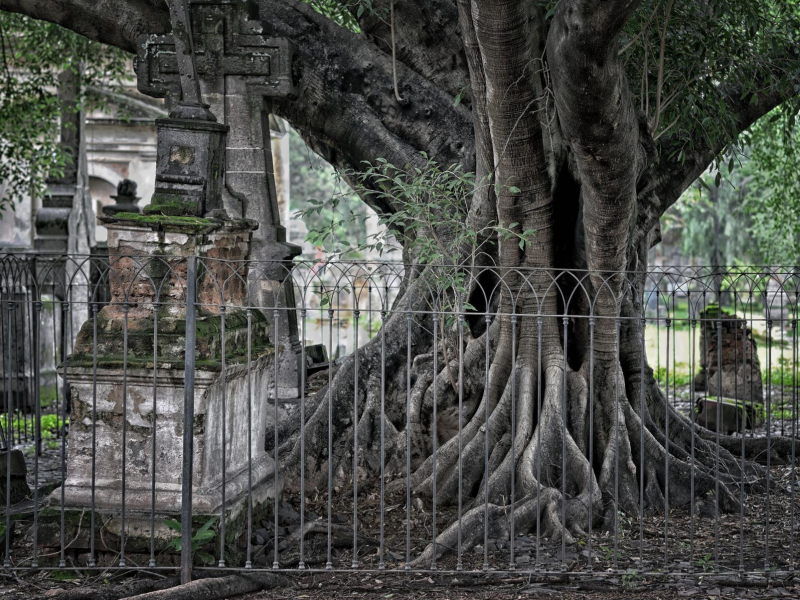
weather.com 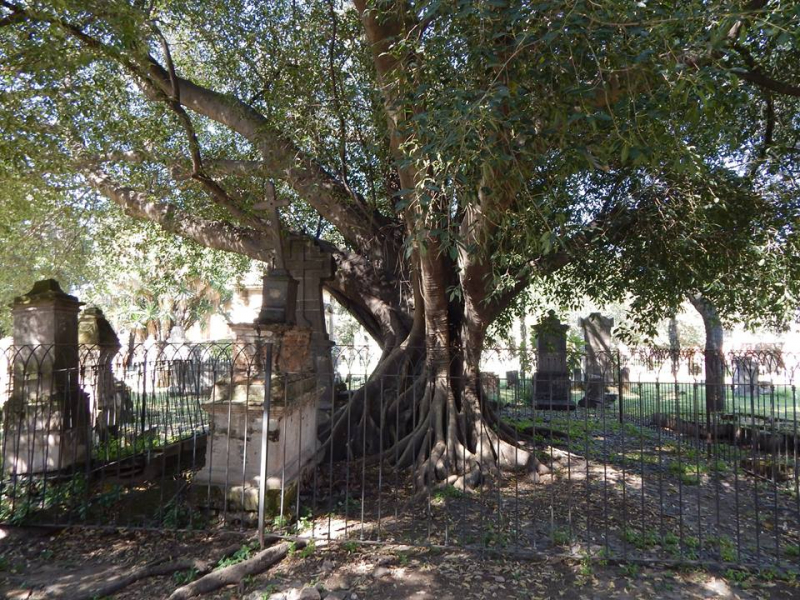
weather.com



























